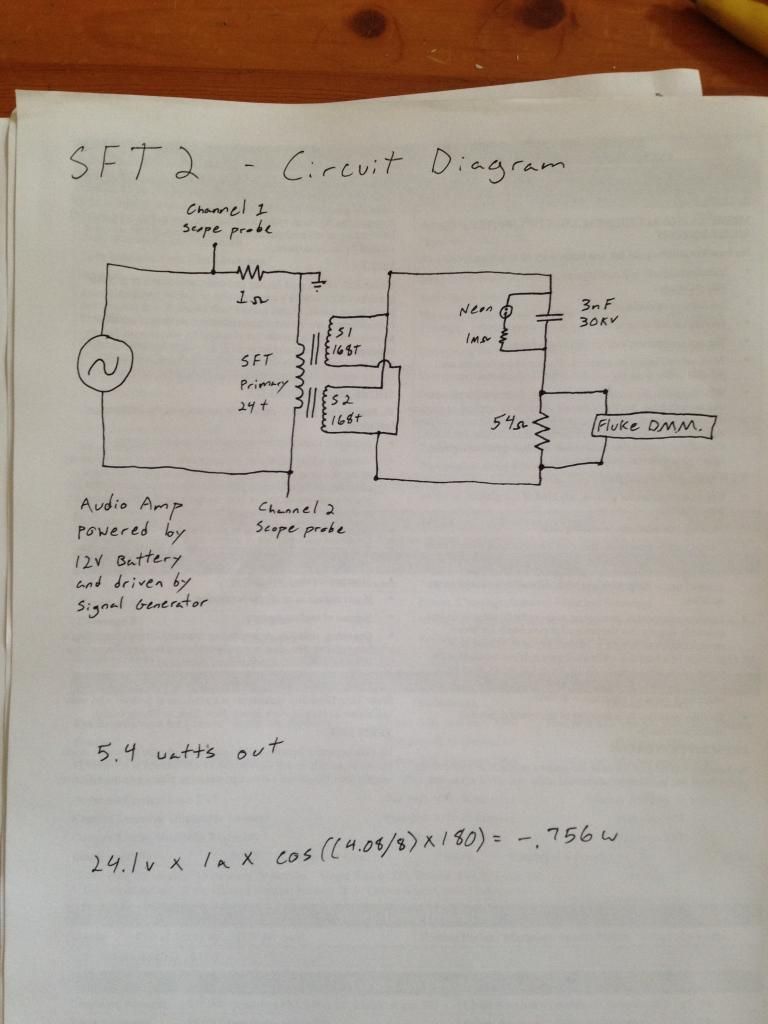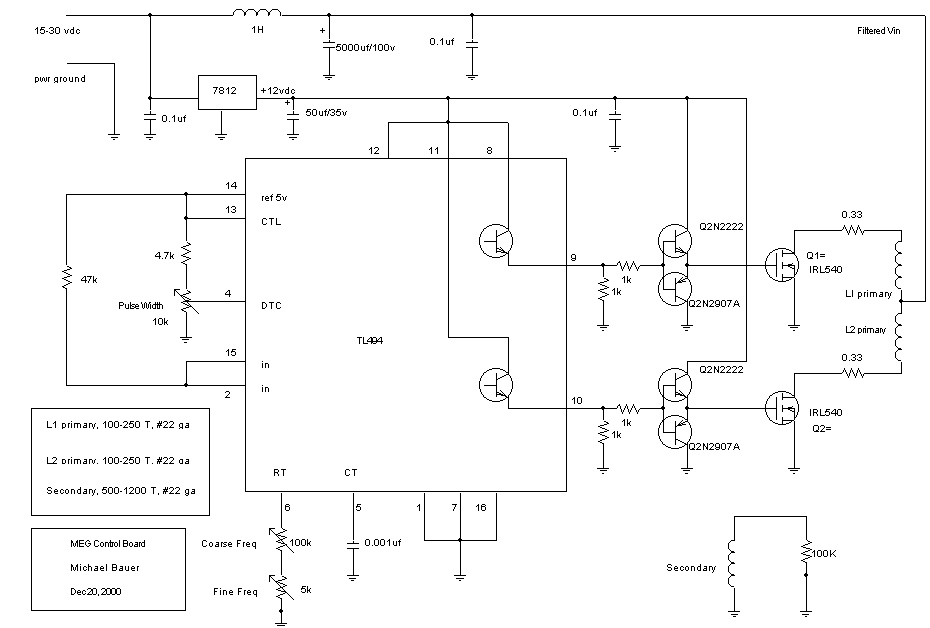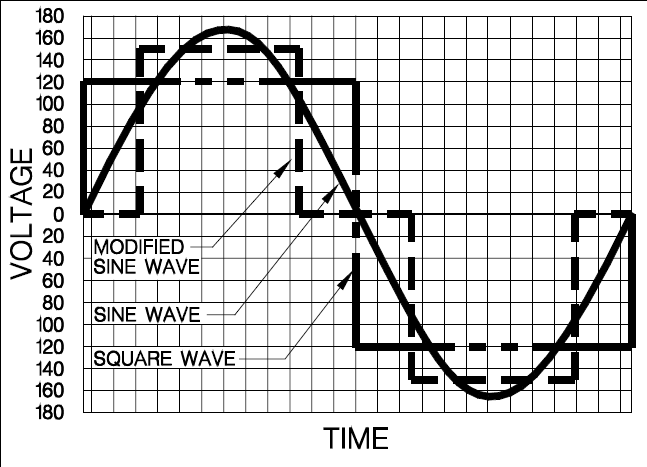Thanes' VS Bill
Hey Dog-One
Yes I agree about what you stated, however I said that for DAVE maybe he could go to a larger primary winding at 60hz. That is what I meant to say, not do a Thane core build.
Starting with a proportionate power means in the .001 amps or 1-5 ma range if small wire is used.
I am getting results with a 1:1 winding ratio at 60hz. At least there is a point where I go over the input on the output..
We will see what happens with the amp. I got all 7 of my probes in the mail this week.
Hey Dog-One
Yes I agree about what you stated, however I said that for DAVE maybe he could go to a larger primary winding at 60hz. That is what I meant to say, not do a Thane core build.
Starting with a proportionate power means in the .001 amps or 1-5 ma range if small wire is used.
I am getting results with a 1:1 winding ratio at 60hz. At least there is a point where I go over the input on the output..
We will see what happens with the amp. I got all 7 of my probes in the mail this week.
Originally posted by Dog-One
View Post
 sorry everyone I really goofed it up this time. I had the amp meter reading the large cap and not the input fully. I found it when i did some scope shots tonight and blew the fuses on my cheapy meters.
sorry everyone I really goofed it up this time. I had the amp meter reading the large cap and not the input fully. I found it when i did some scope shots tonight and blew the fuses on my cheapy meters. Still I will keep trying because I figured that was to easy anyway.
Still I will keep trying because I figured that was to easy anyway.


 this one that one and nothing, AAA?
this one that one and nothing, AAA?
 Well its a new field and I didn't think of that yet.
Well its a new field and I didn't think of that yet. whatever I am learning by watching the Thane videos, the Bill A video, the Mr clean Video's.
whatever I am learning by watching the Thane videos, the Bill A video, the Mr clean Video's.







Comment